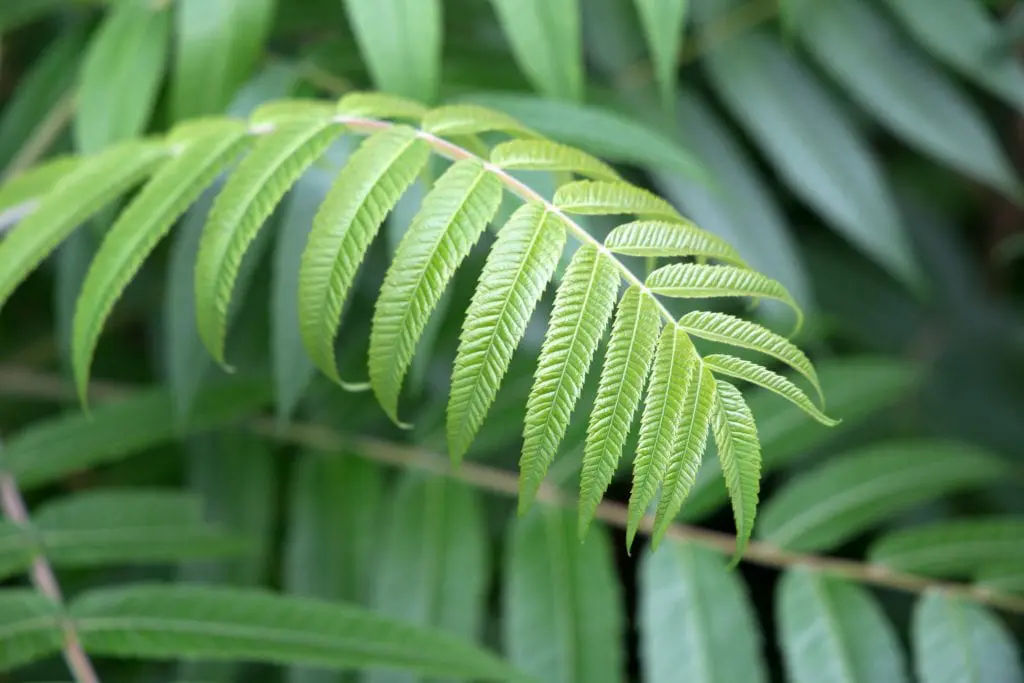What is the prevention of diseases in plants? What to do so that your health does not decline? Well, those are two questions that don’t have a single answer, or at least not a simple one. It must be borne in mind that there are several factors that can harm or damage them, and there are some that human beings cannot control, such as the climate.
Even so, I want you to know that I myself am one of those people who think -in fact, I am convinced of it- that health is not weakened when that being (whether animal or plant) is cared for or cared for correctly. Starting from this, I am going to tell you what I do so that my plants do not fall ill .
Index
- 1 Try to acquire native plants or plants from similar climates
- 2 Do not water them more than necessary
- 3 Fertilize throughout the growing season
- 4 Protect them from the cold
- 5 More Tips
Try to acquire native plants or plants from similar climates

This is essential. As the weather is something that we cannot control, the ideal is to look for plants that can adapt without problems to the conditions that our garden, patio or terrace has . To do this, of course, there is no other choice but to know what these climatic conditions are and the rusticity of the plant that we want to take home, and what better way to consult it in a blog like this one.
Do not water them more than necessary
Irrigation is very important for plants, especially for those grown in pots. But we always, always have to keep in mind that extremes are just as harmful. You don’t have to water a little but not a lot either, except for the aquatic ones which do need to have their “feet” constantly wet. If in doubt, check the soil moisture , either with a digital moisture meter or by digging a bit with your fingers.
Fertilize throughout the growing season

The growing season usually includes spring, summer if it is not excessively hot (maximum temperatures below 35ºC), and autumn if there are no frosts or they are very mild. Today in nurseries we can find specific fertilizers for each type of plant ready for use, but we can also fertilize them with organic fertilizers , such as manure , guano , compost , vegetables that are no longer edible, tea bags, etc.
But beware, there are exceptions:
- Cactus, succulent and succulent plants in general : you have to use mineral fertilizers, either those that are sold ready to use or with blue Nitrofoska (pouring a small spoonful every 15 days).
- Orchids : they can only be paid with a specific fertilizer.
- Carnivorous plants : you do not have to pay them because they would burn.
Protect them from the cold
Even the hardiest plant needs a little extra help to get through the first winter with ease. For this reason, it is highly recommended to put it in a slightly sheltered corner , or a padding to protect its roots. In the event that you love to try species that are a bit on the edge, cover them with anti- frost fabric as well . They will be grateful to you.
more tips

So far we have seen the most important tricks, those that will largely prevent us from having sick plants, but there is still something else you need to know:
- Do not water from above: and less during the central hours of the day. Leaves can quickly burn and/or rot.
- Putting a plate under them is not recommended : unless you remember to remove the water ten minutes after watering. The vast majority of plants – except aquatic ones – greatly dislike having their roots in contact with water.
- Treat them with copper or sulfur to prevent fungus : in spring and autumn you can prevent the appearance of fungus just by dusting the soil a little with copper or sulfur and watering afterwards. Do it once a month as a preventive measure.
- Clean your indoor plants from time to time : the dust and dirt that settles on the leaves can end up damaging them by clogging their pores. Therefore, you must clean them .

